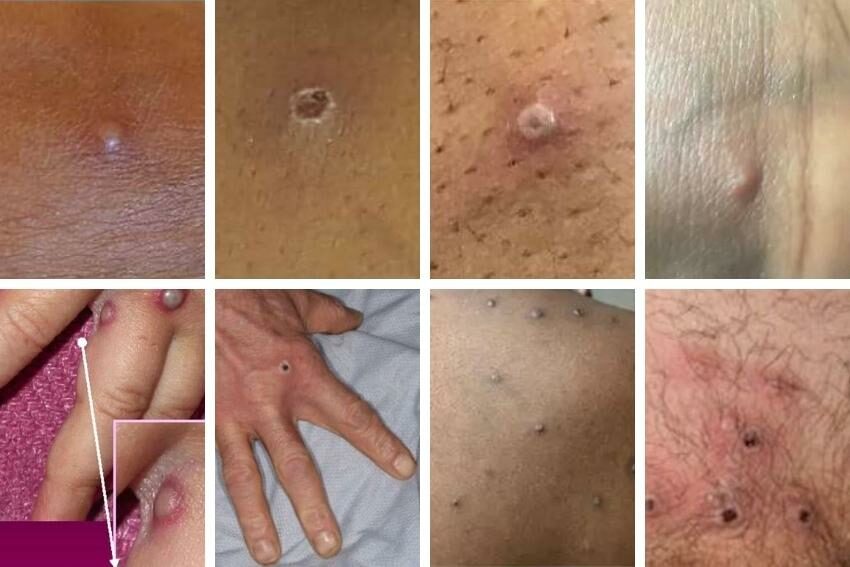As the Mpox virus (formerly known as monkeypox) continues to impact health in various regions, it’s crucial to understand the latest information on symptoms, transmission, and safety measures in 2024. Here’s a comprehensive guide to staying informed and safe.

What is the Mpox Virus?
Mpox is a viral infection caused by the Orthopoxvirus, similar to smallpox, though generally less severe. It spreads through close contact, and while it initially appeared in specific regions, cases have been reported globally due to increased travel and close interactions.
Key Symptoms to Watch For
Mpox Virus symptoms typically develop within 7-14 days after exposure. The primary symptoms include:
- Fever and chills
- Muscle aches and fatigue
- Swollen lymph nodes
- Rash and lesions on the face, hands, and other parts of the body
The rash progresses from red spots to raised lesions, eventually forming scabs. These lesions can be painful and might take several weeks to heal fully.
How Mpox Virus Spreads
The virus primarily spreads through:
- Direct contact with bodily fluids, skin lesions, or contaminated items like bedding
- Respiratory droplets during prolonged face-to-face contact
- Animal transmission through bites or scratches from infected animals
Understanding these transmission methods is key to minimizing the risk of infection.
Who is at Higher Risk?
Certain groups may face a greater risk of severe illness, including:
- Individuals with weakened immune systems
- Pregnant individuals
- Young children and infants
- Those with chronic health conditions
Preventive Measures to Follow
To reduce the risk of contracting Mpox, consider these precautions:
- Avoid Close Contact: Refrain from direct contact with individuals showing symptoms or with unexplained rashes.
- Practice Hygiene: Regular hand washing with soap and using hand sanitizers can help.
- Use Personal Protection: In high-risk environments, wearing masks and gloves can be beneficial.
- Limit Animal Interactions: Avoid contact with animals that could carry the virus, particularly in outbreak zones.
Treatment and Vaccination
While there is no specific cure for Mpox, supportive treatments can ease symptoms, and vaccines developed for smallpox (like the JYNNEOS vaccine) provide some protection. Consult a healthcare provider if you experience symptoms or believe you’ve been exposed.
Mpox remains a public health concern in 2024, but awareness and preventive actions can significantly reduce the risk of infection. Stay vigilant, and prioritize health precautions to keep yourself and those around you safe.